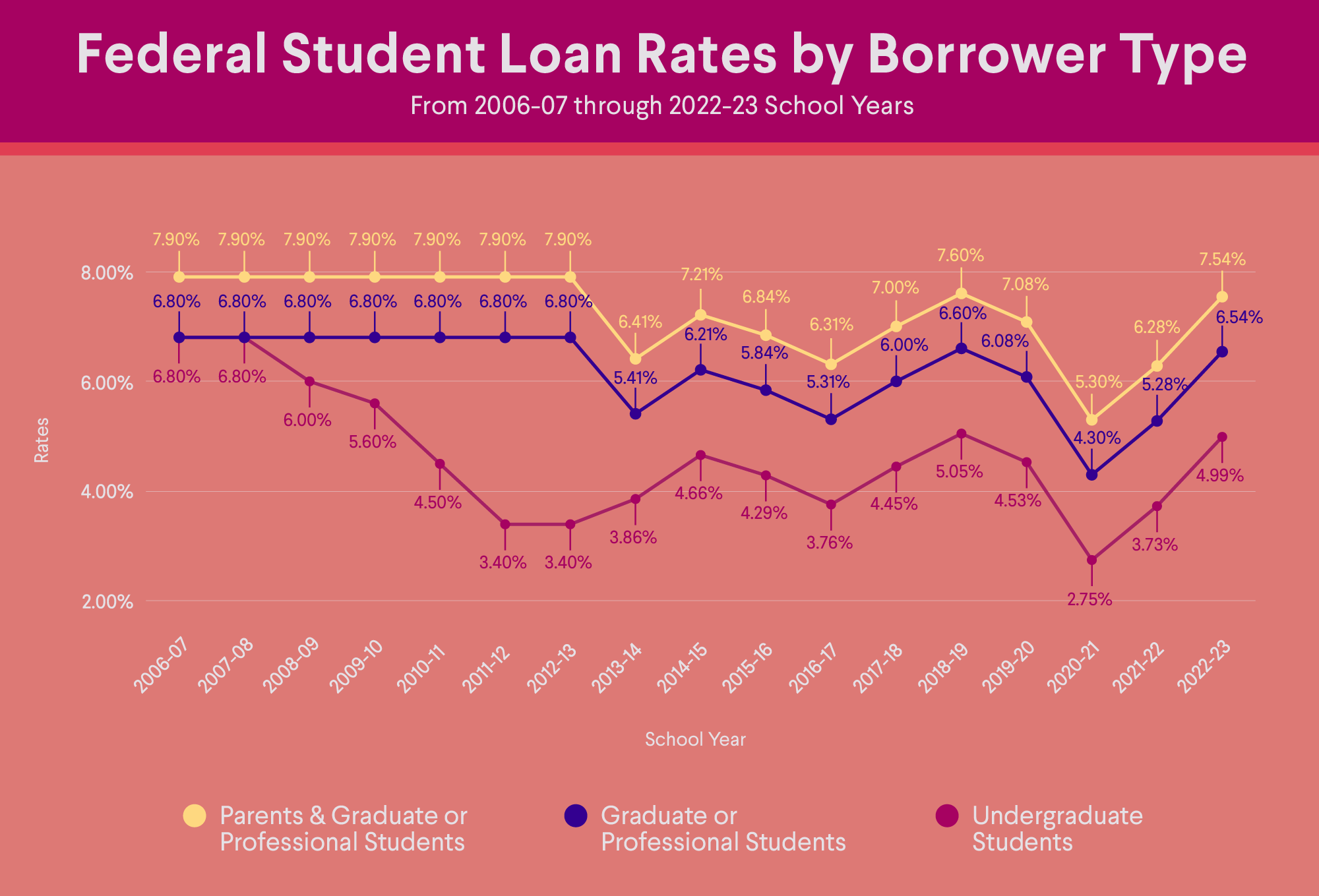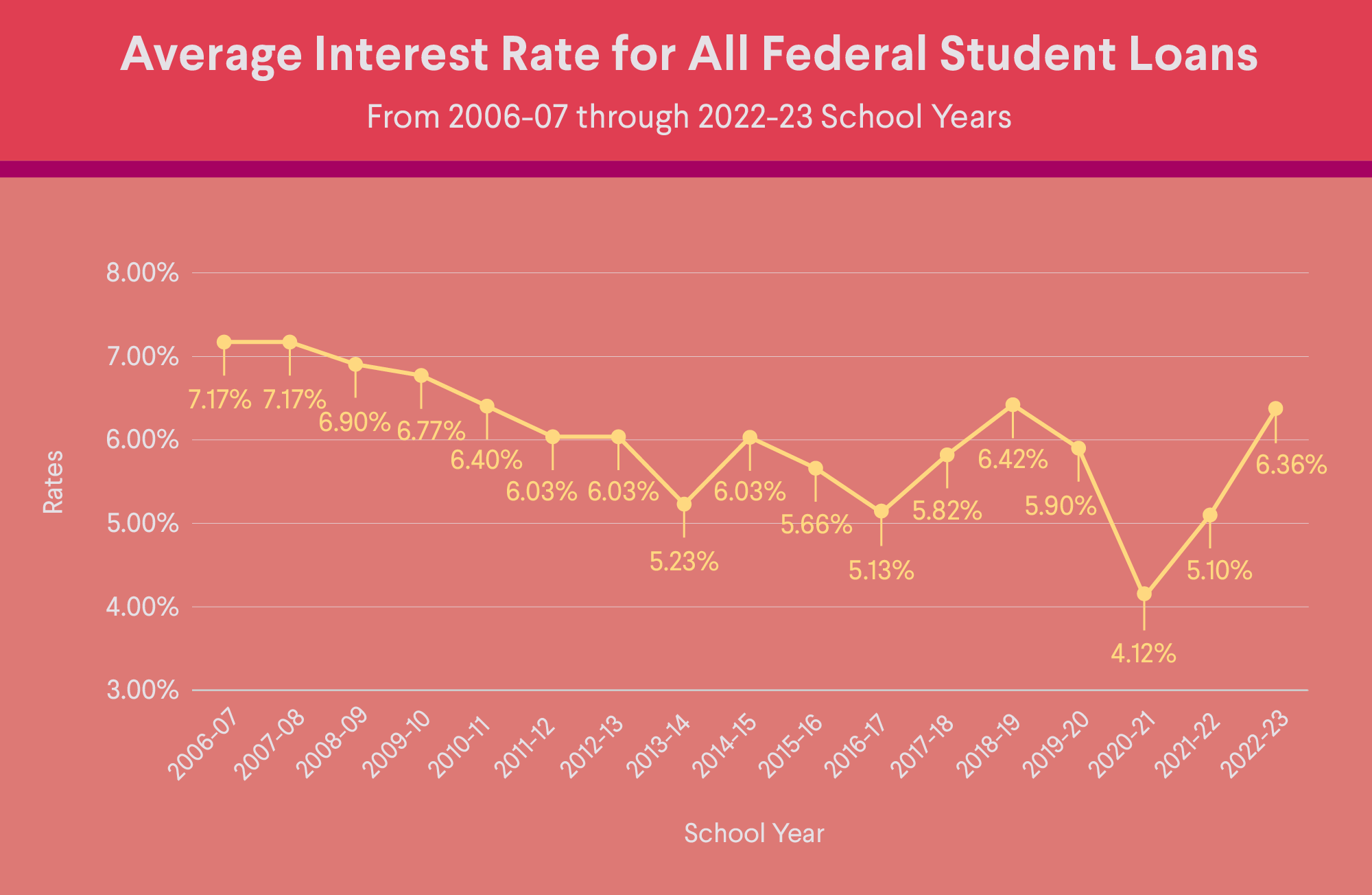Guide to Refinancing Private Student Loans
Private student loans are often used to bridge the gap between what a student receives in federal funding and the cost of attending college. While private loans can help students meet educational financial needs, they’re generally more expensive than federal loans and don’t come with federal benefits such as income-driven repayment plans or forgiveness.
But even without federal benefits, there are ways to make private loan repayment easier. If you refinance private student loans with more favorable terms than your existing loans — for example, at a lower interest rate — you can save money over the life of the loan. Here’s what to know about refinancing private student loans to decide if this option is right for you.
Key Points
• Private student loans are generally more expensive than federal loans and lack associated benefits like income-driven repayment plans and forgiveness options.
• Refinancing private student loans can lead to lower interest rates and better terms, potentially easing repayment and saving money over the loan’s life.
• Individuals with a stable job, good credit score, and solid financial profile may qualify for favorable refinancing terms from various lenders.
• Combining private and federal loans through refinancing may simplify payments but will result in the loss of federal protections and benefits.
• Before refinancing, it’s crucial to assess overall finances, as improved credit scores and stable income can enhance chances of securing better loan terms.
Refinancing Private Student Loans
While the majority of student debt is made up of federal loans, about 8.8% is private, according to the Education Data Initiative. For students at public and not-for-profit schools, private loans can help students meet financial needs after other sources of federal aid (such as loans, grants, scholarships, or work-study programs) are exhausted. For students at for-profit schools, private loans may be the only source of funding available.
Private loans don’t come with federal student loan benefits (such as deferment, forbearance, forgiveness, or income-driven repayment plans) to make repayment easier. While some private lenders offer deferment or forbearance options, interest will typically still accrue during this period, increasing the overall balance of the loan.
When you refinance private student loans, you replace your existing loans with a new loan, ideally one with more favorable terms.
Recommended: Types of Federal Student Loans
Can I Refinance My Private Student Loans?
People often think they’re stuck with their existing loans, but you may be able to refinance private student loans to secure better terms. If you have a steady job, a good credit score, and a solid financial profile, you may qualify for a lower interest rate or better terms.
A new interest rate and loan term can mean a lower monthly payment – though you may pay more interest over the life of the loan if you refinance with an extended term. By contrast, a shorter term will likely raise your monthly payment, but you’ll pay off your loan sooner.
💡 Quick Tip: You can fund your education with a low-rate, no-fee private student loan that covers all school-certified costs.
Can I Refinance My Private Student Loans With My Federal Loans?
Yes, you may be able to refinance private student loans together with federal loans with a private lender, but the federal government does not consolidate or refinance private student loans.
If you’re paying on multiple federal and private loans, refinancing can simplify your payments because it consolidates all of your student loans into one loan. However, bundling your loans together means losing access to the federal loan benefits and protections mentioned earlier.
Keep in mind some federal loans might have lower interest rates than a private lender. And if you’re taking advantage of loan forgiveness programs or income-based repayment plans that come with federal loans, it may not make sense to refinance and lose access to those options. If you’re not planning to take advantage of federal loan benefits or protections, however, a private student loan refinance can make your repayment journey easier.
How to Refinance Private Student Loans
Wondering how to refinance private student loans? If you’re interested in pursuing a private student loan refinance, here’s how to get started:
Prepare Your Financial Information
To provide a quote, most lenders will need some personal financial information, such as your total student loan debt, income, cost of housing, and an estimate of your credit score.
Check Rates With Multiple Lenders
Private lenders set their own rates and terms, so it’s important to shop around. In addition to getting a rate estimate (which involves a soft credit check that shouldn’t affect your credit score), you’ll want to ask about any other fees (such as an origination fee), if there’s a prepayment penalty, and if they have any deferment or forbearance programs.
Choose a Lender and Apply
As you review the options, consider the amount of interest you’ll pay over the life of the loan and factor in the cost of any fees. Depending on how long the term length is, for example, the lowest interest rate might not translate to the lowest amount of total interest.
When you apply, you’ll need to supply documents that back up the financial information you shared for the initial rate check. Depending on your credit and financial history, applying with a cosigner may help you secure a better interest rate. Be sure to continue to make payments on your existing loans while you wait for your new loan to be approved.
💡 Quick Tip: Need a private student loan to cover your school bills? Because approval for a private student loan is based on creditworthiness, a cosigner may help a student get loan approval and a lower rate.
Can I Get My Private Student Loans Forgiven?
There are no private student loan forgiveness programs similar to the federal loan forgiveness programs. If you have federal loans, you might qualify for forgiveness after 120 qualifying monthly payments (or 10 years) under certain circumstances, such as working in public service.
You may also qualify for federal loan forgiveness after 20 or 25 years of making timely, qualifying, income-based payments. The only way private loans might be forgiven is in the case of death or disability, and even that is on a case-by-case basis.
If your private loan payments are draining your bank account, consider calling your lender to discuss your options instead of falling behind on payments. You may be able to negotiate new terms to make it easier to pay on time. Or as mentioned, you can consider refinancing private student loans. Refinancing might allow you to find better loan rates or terms than those of your existing loans.
What Should I Consider Before Refinancing?
If you’re thinking of refinancing, odds are you’re hoping to lower your interest rate, simplify your repayment process, and save money. In order to get a low rate that will make refinancing worth it, it’s a good idea to look at your overall finances before you apply.
Lenders make offers based on a variety of factors including (but not limited to) proof of a stable job, a healthy cash flow, a good credit score, and a reliable history of paying back previous debts. If you need to, take a few months to work on improving your credit score to increase your chances of getting a better interest rate.
If you’re planning on refinancing your federal loans with your private loans, make sure you won’t miss out on federal advantages down the road. For instance, if you plan to return to school full-time, you could be eligible to defer your federal loans while you’re back in school. Once you refinance your student loans, you’re no longer able to defer payment or have access to any other federal loan benefits.
Recommended: What Is Considered a Bad Credit Score?
Refinance My Private Student Loan
If you’re wondering: Should I refinance my private student loans? It can help to look at the interest rates on your loans and your monthly payment amount. If you can refinance private student loans with better terms than your existing loans and you won’t need access to federal benefits for any federal loans, refinancing might be a good option for you.
Looking to lower your monthly student loan payment? Refinancing may be one way to do it — by extending your loan term, getting a lower interest rate than what you currently have, or both. (Please note that refinancing federal loans makes them ineligible for federal forgiveness and protections. Also, lengthening your loan term may mean paying more in interest over the life of the loan.) SoFi student loan refinancing offers flexible terms that fit your budget.
FAQ
Can you refinance a student loan?
Yes, you can refinance private and federal student loans with a private lender. When you refinance, you replace your existing loans with a new loan, ideally one with more favorable terms. If you refinance federal loans, however, you will lose access to federal benefits and protections.
Can student loans be forgiven if refinanced?
No, if you refinance federal student loans, you’ll have a new private loan with new terms and no longer have access to federal benefits and protections, including forgiveness. Private lenders do not offer programs similar to the federal loan forgiveness programs.
Why would you refinance student loans?
Refinancing student loans allows you to replace your existing loans with a new loan with new terms. You may be able to save money if you refinance with a lower interest rate or if you shorten your term length to pay off your loan faster. Refinancing can also give you the opportunity to change the terms of your existing loan to remove a cosigner and simplify your repayment process by replacing multiple loans with a single loan.
SoFi Student Loan Refinance
SoFi Student Loans are originated by SoFi Bank, N.A. Member FDIC. NMLS #696891. (www.nmlsconsumeraccess.org). SoFi Student Loan Refinance Loans are private loans and do not have the same repayment options that the federal loan program offers, or may become available, such as Public Service Loan Forgiveness, Income-Based Repayment, Income-Contingent Repayment, PAYE or SAVE. Additional terms and conditions apply. Lowest rates reserved for the most creditworthy borrowers. For additional product-specific legal and licensing information, see SoFi.com/legal.
SoFi Loan Products
SoFi loans are originated by SoFi Bank, N.A., NMLS #696891 (Member FDIC). For additional product-specific legal and licensing information, see SoFi.com/legal. Equal Housing Lender.
Non affiliation: SoFi isn’t affiliated with any of the companies highlighted in this article.
Financial Tips & Strategies: The tips provided on this website are of a general nature and do not take into account your specific objectives, financial situation, and needs. You should always consider their appropriateness given your own circumstances.
Checking Your Rates: To check the rates and terms you may qualify for, SoFi conducts a soft credit pull that will not affect your credit score. However, if you choose a product and continue your application, we will request your full credit report from one or more consumer reporting agencies, which is considered a hard credit pull and may affect your credit.
SOSL0723004 Read more






